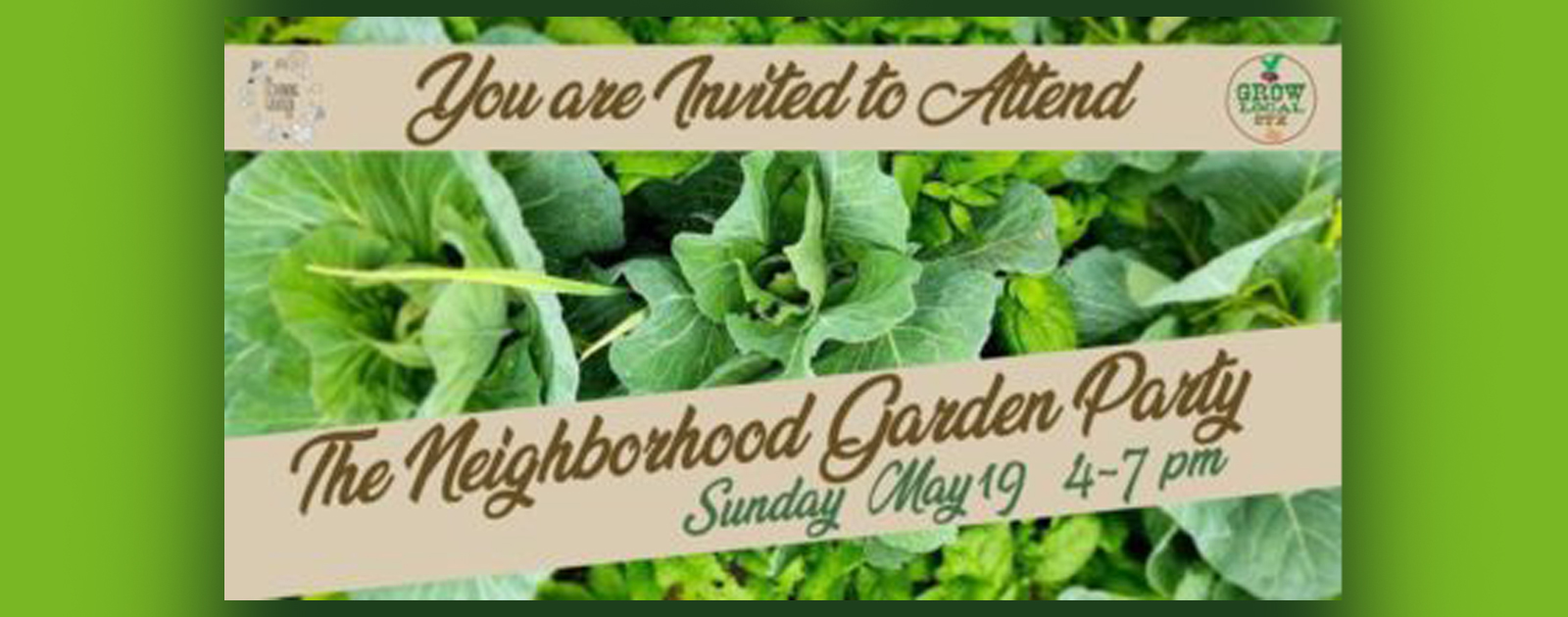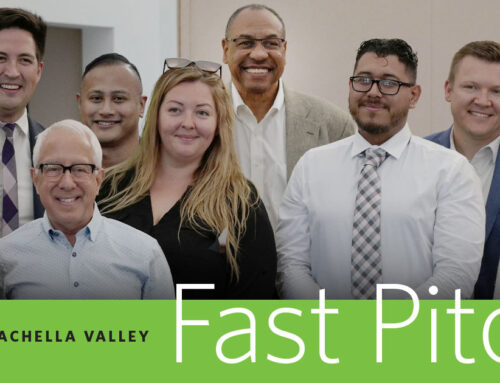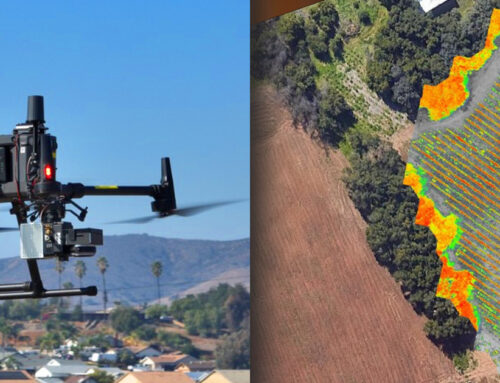As a child in rural Kentucky it was common for all of the people who lived in our neighborhood to know and like one another. On the rare occasion that there were personal differences, they were set aside for activities that aided the common good. One of those common-good activities was pitching in to plant, grow and harvest neighborhood gardens. Our neighborhood garden was in the back lot of our next door neighbors, the Whites. The Whites referred to their home as “The White House.”
Gardening at the Rural White House
The patriarch of the White House was Durwood White, a coal miner with a love for gardening. He also protected the neighborhood garden like a Praetorian Guard. Woe be it to the kids who hit a baseball into Durwood’s garden. We were met by a loud verbal admonishment to “get out of that garden,” and we all paid attention. Durwood used an old-fashioned tiller to prepare the garden in advance. In late spring, the entire neighborhood would gather together to plant the roughly 1/8 acre garden. Everyone above the age of six participated in planting corn, beans, radishes, cabbage, carrots, potatoes, squash, and the kids’ favorites; watermelon and cantaloupe. The prize vegetable however was always the various types of tomatoes that were planted. For most of July we would all enjoy fresh tomatoes every day. Occasionally someone would get a blue ribbon at the Union County Fair.
Lessons on Working Together
When it came time to harvest the crop, the entire neighborhood would gather to snap beans and prepare the other vegetables for canning. For those of you without rural roots, canning is an old process involving Mason jars, wax, and cooking. The process preserved the freshly-harvested produce, assuring that all of the neighbors had vegetables all winter. When we would eat our winter vegetables, the adults would reinforce the lesson of how our friends and neighbors worked together to provide food for everyone in the neighborhood who took advantage of the opportunity to work the neighborhood garden. Of course the elderly and people in need always seemed to enjoy the bounty too.
These are good memories from a time during which many of us had no modern conveniences like TV or air conditioning. It was also a time when neighbors looked out for each other and invented reasons to get together for the common good. My old neighborhood is not as vibrant as it was in my youth. Most of the people who were young adults then and led the efforts are gone but Durwood’s Garden is always discussed by the kids who grew up there every spring. I can almost taste the tomatoes from memory.
This neighborhood garden concept has carried forward to my work leading the Coachella Valley’s regional economic development team. By bringing strong partners together, we are able to do what we could not do alone. If you have done business in Greater Palm Springs, you have seen this in action. If you haven’t yet done business in Greater Palm Springs, pay us a visit and see what your life could be like.








